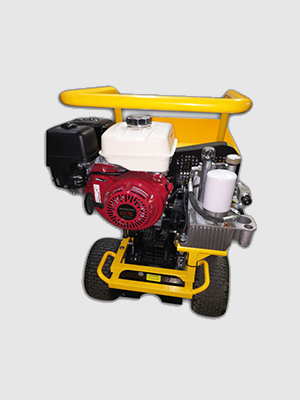
Spray fireproofing suggests spraying any compound in such a way that covers a particular surface area correctly in order to supply it with fire resistance. The trade name for Spray Applied Fireproofing is Sprayed Fire-Resistive Material (SFRM). It is utilized as part of a building's passive fireproofing method. Spray applied fireproofing has thermal and acoustical properties and controls condensation. Nevertheless, its main usage remains in insulating steel and metal decking from the high temperature levels discovered throughout a fire. Spray used fireproofing can be sprayed onto steel to insulate it from the heat of a fire, hence conserving lives by offering enough time for people to get out of the structure. The material can be cement based or fiber based given that both products have UL testing to guarantee security. Sprayed fireproofing can be used for different materials like wood, fabric, structural steel and more. They do this by thermally insulating the structural members to keep them below the temperatures that cause failure. It has been understood for almost a a century that structural steel fails quickly when heated by fire. A brief time later, building codes started to require security of the structural steel in fire-resistive buildings and ranked the levels of protection as it did fire department walls (one-hour, two-hour, and so on). The earliest forms of defense were to encase the steel columns and beams in terra-cotta (baked clay tile), concrete, or masonry. Later on, gypsum plaster applied to wire lath was utilized, to reduce the weight of the fire defense. Multiple layers of plaster drywall board were also utilized to reduce the labor needed for installation. This technique is still in use today.
When using a fireproof finishing to structures, it is vital for the product to dry within a specific quantity of time. While some fireproofing sprays contain chemical accelerators to speed hardening, they still produce a considerable amount of moisture throughout the application process. By the way, the fire-resistant product may be harder to dry than drywall or cement. Without the right ambient conditions or building and construction drying services, a contractor might face hold-ups and accidentally produce security risks. Sprayed Fireproofing Process
The particular characteristics of each product, the manner in which they are ready Click here for more info and used all affect the fire-resistive qualities of SFRM product. One of the most vital elements for an appropriately installed SFRM is its applied thickness. Enough insulation is offered to alleviate the passage of heat from a fire to the structure being protected just if proper SFRM thickness is made sure.